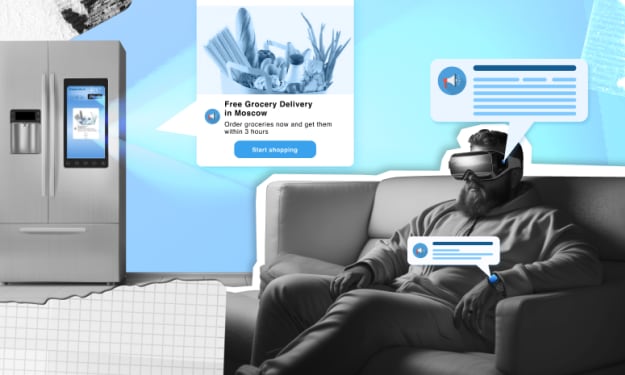The Future of Product Visualization
Learn how 3D rendering services can elevate a brand's digital presence, and drive conversion rates.

The digital transformation in the last decade has not only changed how we interact with technology but also revolutionized the way brands present their products. Amidst this shift, a pivotal question arises for companies worldwide: Should they remain aligned with conventional photography or embrace the innovative realm of 3D product rendering?
Understanding 3D Product Rendering
3D product rendering is more than just a digital technique; it's an art form that combines technological prowess with creative vision to generate lifelike, high-definition images of products. This method negates the need for physical product samples or traditional photoshoot setups. It's about constructing a virtual, yet strikingly realistic representation of the product from the ground up.
Traditional Photography:
Historically, traditional photography has been the cornerstone for brand representation. It provides genuine, tangible images that showcase products in real-world scenarios. Its value lies in its authenticity, but as the digital landscape evolves, traditional photography sometimes struggles to keep pace with the dynamic needs of contemporary marketing.
Benefits of 3D Rendering Over Photography
- Flexibility and Control: 3D rendering empowers brands with unprecedented control over every image aspect, from the intricate play of lights and shadows to the precise angles of the product.
- Cost-Effective in the Long Run: Though the initial investment in 3D rendering might appear substantial, it proves economical in the long term. It eliminates the need for continuous photoshoots, especially when products undergo minor updates or redesigns.
- Infinite Creativity: The realm of 3D rendering is limited only by one's imagination. It opens up endless possibilities, allowing brands to explore fantastical backgrounds or delve into the intricate internal mechanics of products, something traditional photography cannot easily replicate.
Where Photography Still Holds Its Ground
While 3D rendering is powerful, traditional photography isn’t fading away. It brings an authenticity that has its charm, even as the digital world evolves around it.
Case Studies: Brands Embracing 3D Rendering
- Nike Shoes: Nike has often employed 3D rendering for showcasing their sneakers and other sportswear items. Their NikeLab is a testament to their commitment to blending technology with style.
- Apple Watches: Apple utilizes 3D modeling and rendering to meticulously craft the details of their iconic Apple Watches, showcasing a seamless fusion of technology and artistry.
- Ikea: IKEA’s catalogs have shifted over the years to use more and more 3D rendered images instead of traditional photography. This shift allows the furniture giant to demonstrate its products in various settings without the constraints of physical staging.
The Role of 3D Rendering Services
With the surging demand for 3D product rendering, the role of skilled 3D artists becomes even more crucial. These professionals possess the expertise to craft high-quality, precise, and captivating visuals that truly reflect a brand’s vision. Skilled rendering ensures that products are not only showcased but brought to life in the digital realm.
Smapit’s Role in 3D Rendering:
Recognizing this need, Smapit stands at the forefront of 3D rendering services. They offer unparalleled expertise in turning imaginative concepts into digital masterpieces, ensuring that each product is not just displayed but is virtually brought to life.
Conclusion
The debate between 3D product rendering and traditional photography is less about one eclipsing the other and more about how they can complement each other. Recognizing and harnessing the strengths of both mediums can lead to a more robust and versatile visual marketing strategy. As technology continues to evolve, we can anticipate a future where the distinction between these two forms becomes increasingly nuanced, leading to innovative ways of visualizing and presenting products. This synergy promises to elevate product visualization to unprecedented levels of creativity, realism, and engagement in the digital era.
About the Creator
Smapit Media
We're a dynamic 3D company, transforming brands with innovative solutions. Specializing in 3D modeling, animation, and seamless AR/VR design integrations.
https://www.smapit.in/






Comments
There are no comments for this story
Be the first to respond and start the conversation.